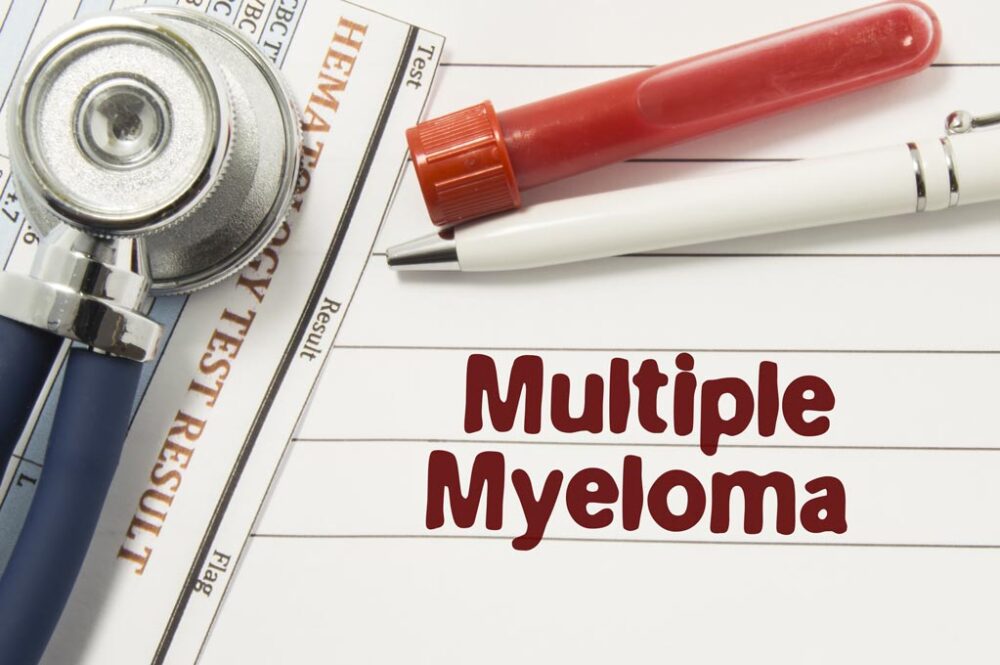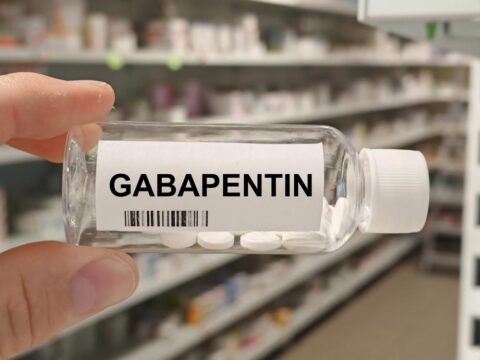Advertisment
Daratumumab is “major advancement” in the treatment of high-risk smoldering multiple myeloma

Researchers report that, among patients with high-risk smoldering multiple myeloma, treatment with daratumumab appears to be associated with a significantly lower risk of progression to active multiple myeloma or death than active monitoring.
The findings were published on Dec. 10, 2024 in the New England Journal of Medicine and were simultaneously presented at the annual meeting of the American Society of Hematology.
Daratumumab, an anti-CD38 monoclonal antibody, is already FDA-approved for the treatment of full-blown multiple myeloma. High-risk smoldering multiple myeloma is a precursor disease of active multiple myeloma, and no treatments are currently approved for treating it.
“These results are a major advancement in the treatment of high-risk smoldering multiple myeloma,” said lead investigator S. Vincent Rajkumar, M.D., hematologist, Mayo Clinic Comprehensive Cancer Center in Rochester, MN, Professor of Medicine at the Mayo Clinic and Chair of the Mayo Clinic Myeloma, Amyloidosis, and Dysproteinemia Group. “For the first time, we have a treatment option that can significantly delay or prevent the progression to active disease, improving the lives of patients and offering them a chance at a longer, healthier future, he added”
In the phase 3 AQUILA trial, the researchers randomized subjects who had been diagnosed with high-risk smoldering multiple myeloma to daratumumab monotherapy or active monitoring.
Treatment was continued for 39 cycles, for 36 months, or until confirmation of disease progression, whichever came first. The primary end point was progression-free survival.
Of the 390 enrolled subjects, 194 were randomized to the daratumumab group and 196 to the active-monitoring group.
With a median follow-up of 65.2 months, the risk of disease progression or death was 51% lower with daratumumab treatment than with active monitoring. This difference was statistically significant (P<0.001).
Progression-free survival at 5 years was 63.1% with daratumumab and 40.8% with active monitoring.
Fifteen subjects (7.7%) in the daratumumab group and 26 subjects (13.3%) in the active-monitoring group died. Overall survival at 5 years was 93.0% with daratumumab and 86.9% with active monitoring.
Hypertension was the most common grade 3 or 4 adverse event, occurring in 5.7% of the subjects in the daratumumab group and 4.6% of the subjects in the active-monitoring group.
The authors concluded, “Among patients with high-risk smoldering multiple myeloma, subcutaneous daratumumab monotherapy was associated with a significantly lower risk of progression to active multiple myeloma or death and with higher overall survival than active monitoring. No unexpected safety concerns were identified.”





